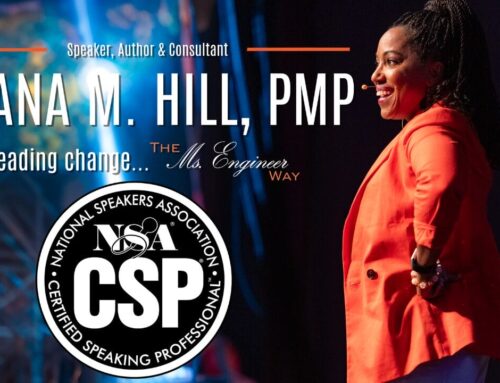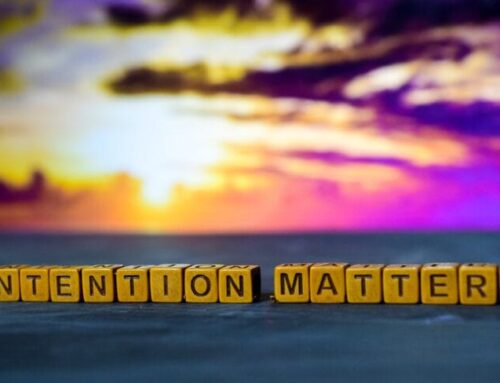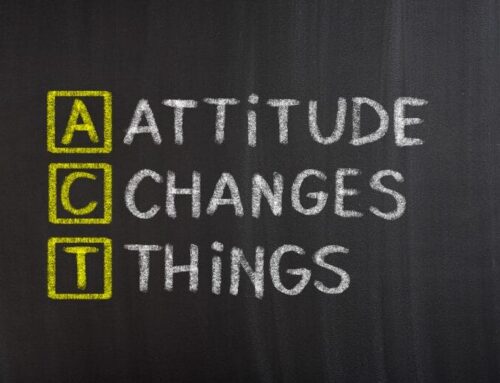Several times in my life my resilience has been called on, but I don’t think there has ever been such a sustained period during which I’ve been tested.
We are a year into this pandemic with no clear path out. The emotional labor of the Black Lives Matter movement is only just beginning. We’ve experienced a contentious election and civil unrest that culminated in shocking violence. Here in Texas, we have just endured a brutal cold snap that has caused chaos with essential services shuddering to a halt. In the midst of this, I’ve had a family loss juxtaposed with the celebration of a milestone birthday that makes me proud. Whew! Life has its ups and downs, but in recent times it has been more like a rollercoaster and there’s no option to get off.
This latest challenge of a big freeze brought to mind the chapter on resilience in my book What’s Your Catalyst? The Power Of Managed Change. In it I talk about my much loved Knock Out roses – chosen specifically for their ability to withstand harsh conditions. Even 2017’s Hurricane Harvey could not stop these blooms from bouncing back. Yes they were weakened by the storms and polluted water, but once cut back and rested, they reappeared as radiant as ever. It was truly a reminder that we can be tested and come back stronger time and again. I am full of hope and anticipation of seeing my roses again this Spring.
What is the quality my roses embody? Resilience.
What is resilience?
I like to think of resilience like a rubber band with its ability to be stretched and then return to its original size. And then it takes the stretch again before going back to its original size. This is not to be confused with elasticity, which is the ability to stretch and change but not return to its original shape and size. To be resilient is to bounce back, to snap back, to recover.
It is that notion of recovery that is so crucial in the life of leaders; to be able to understand that what is happening now isn’t the way things will always be. To push through and also clear a path for those that follow.
At the heart of resilience is optimism; the belief or hope that things will get better. That the next try will be successful. That the next opportunity will be better; the next relationship will work out. When we lose optimism, when we lose faith, when we lose hope, we also lose the ability to be resilient.
The beauty of being resilient is that it is something we develop from being tested. Oftentimes, you’ll hear people say they want the testimony, but they don’t want the test. That’s true in every area of our lives. We want to be able to boast and brag about the wonderful, positive outcome, but we like to dismiss and overlook the negative outcome. Resilient people understand that the negative outcomes help prepare us to be a better version of ourselves for our next chance at the situation.
Coming back stronger
Basketball players understand this very well. You can’t shoot a ball into a basket without hoping that the ball is going to go into the basket and if it misses, to rebound the ball hoping and believing that the next time, you’ll succeed.
The whole point about resilience isn’t just about failing and getting through the failure, it’s about getting back up. It’s about restoring ourselves – not to where we were before the failure, before the trial, before the trauma – but to even better. Each trial comes, makes us stronger, and stronger, and stronger. Resilient people are tested.
If you’re willing to go through the tests, then you’re willing to build and improve your resilience. If you’re not afraid of challenges, if instead of running you meet them head on you too will build resilience. challenges, you’ll meet them head on. Just like athletes developing muscle memory, each test is going to develop muscle memory that you can use for the next situation.
My path to resilience
One key learning I want to share is how I learned that to build resilience, I had to let my feelings in. When I experienced traumatic events as a young adult and then later as a mother, it was instinctive for me to bury my grief and sadness. Doing this might provide temporary relief but, instead of easing the pain, it stops you from acknowledging and accessing all that you have been through and using it to rebuild, stronger than ever. I credit my passion and sense of purpose for helping me to focus on what I am trying to rebuild, even while it is still destroyed.
I have learned to be compassionate and kind with myself while doubling down on what is really important to me.
As you’re encountering your challenges, take note, take heart and take heed of what is happening that is building your resilience so that you can come back stronger and ready for the battle next time.






